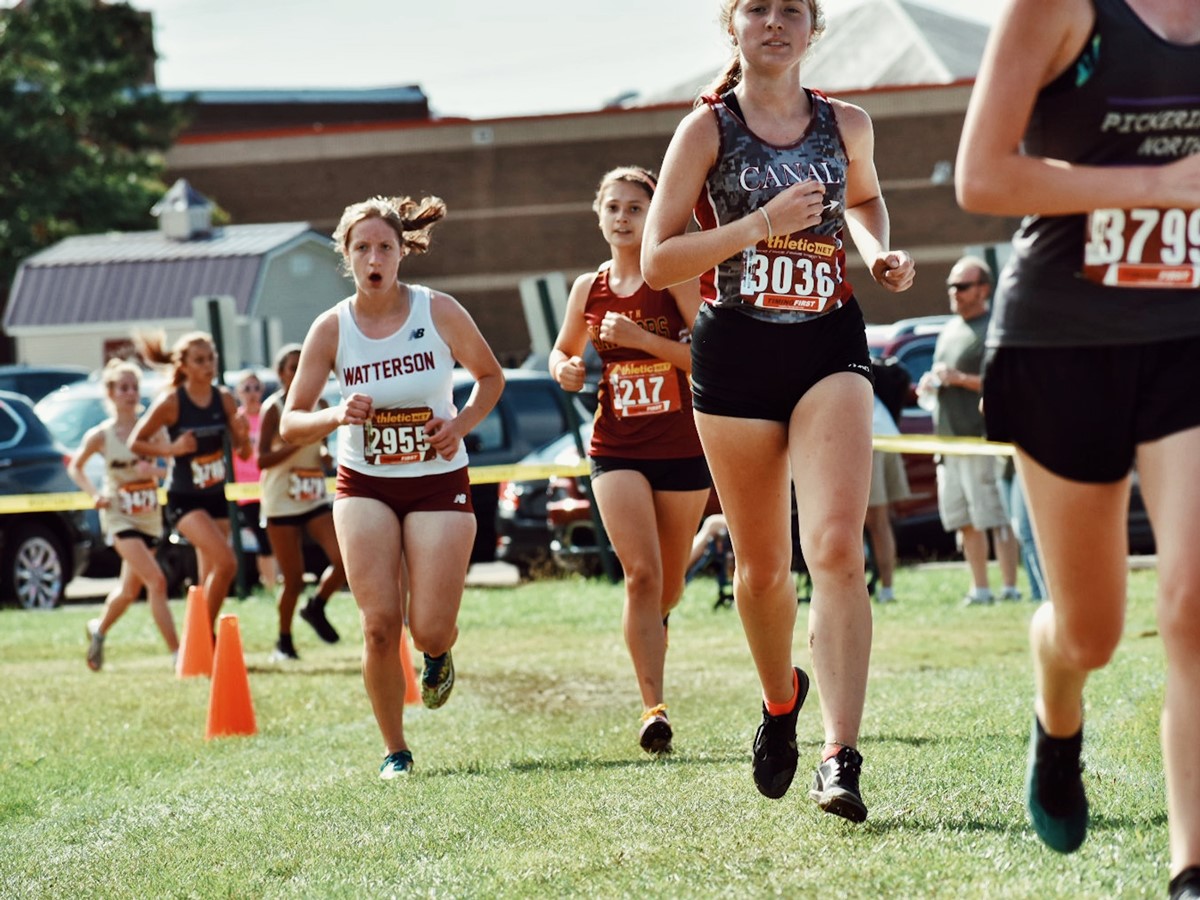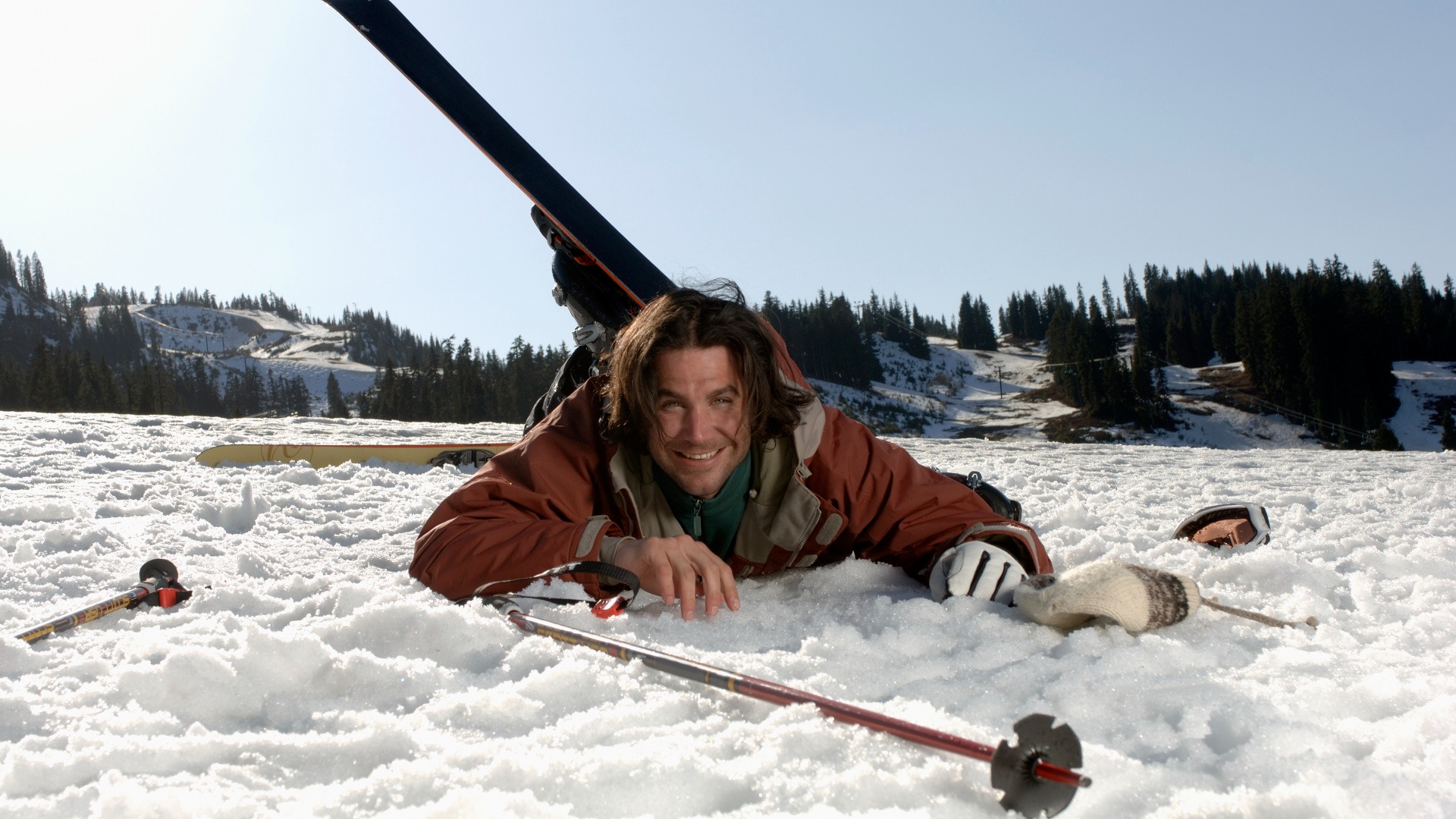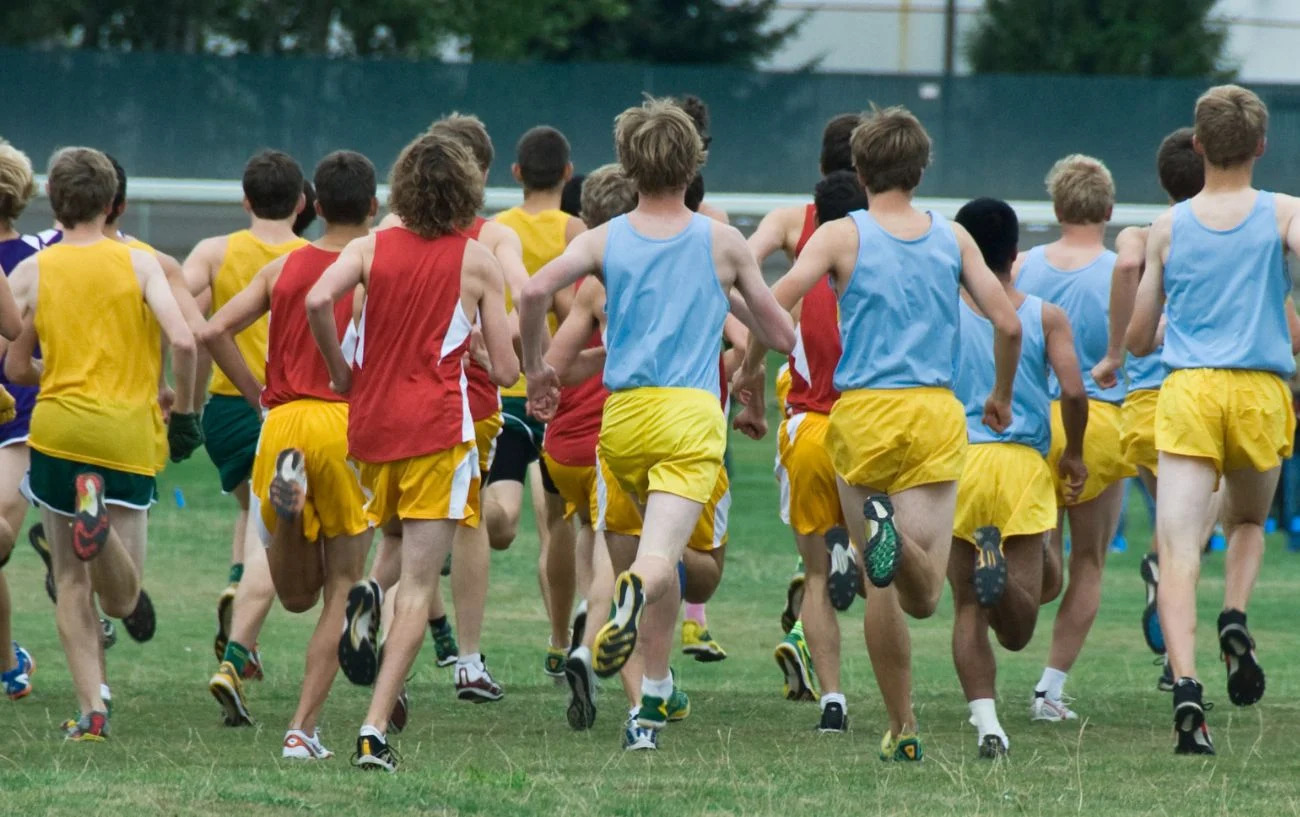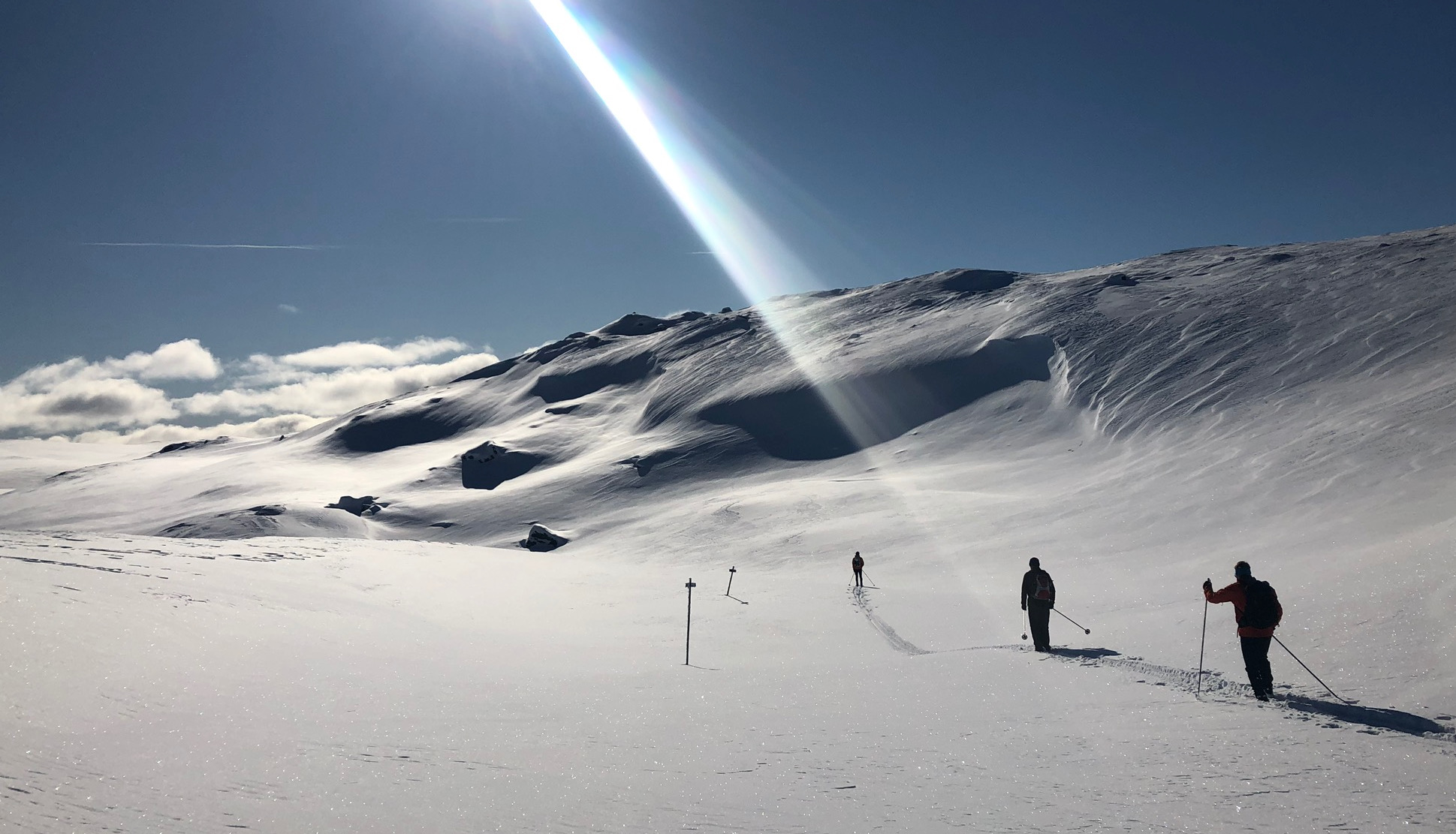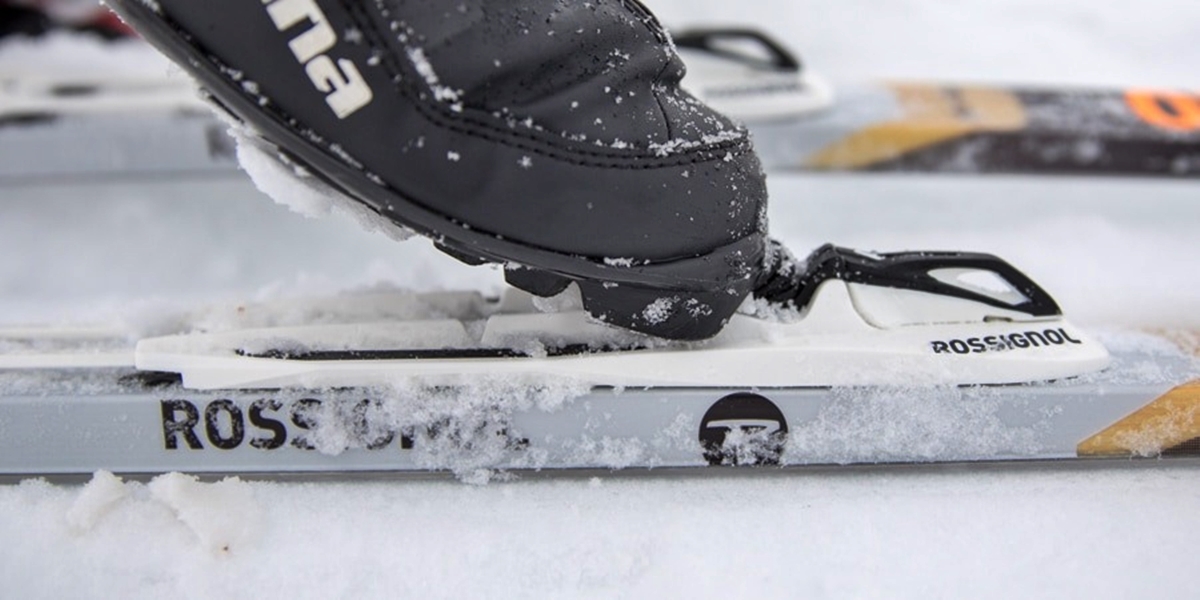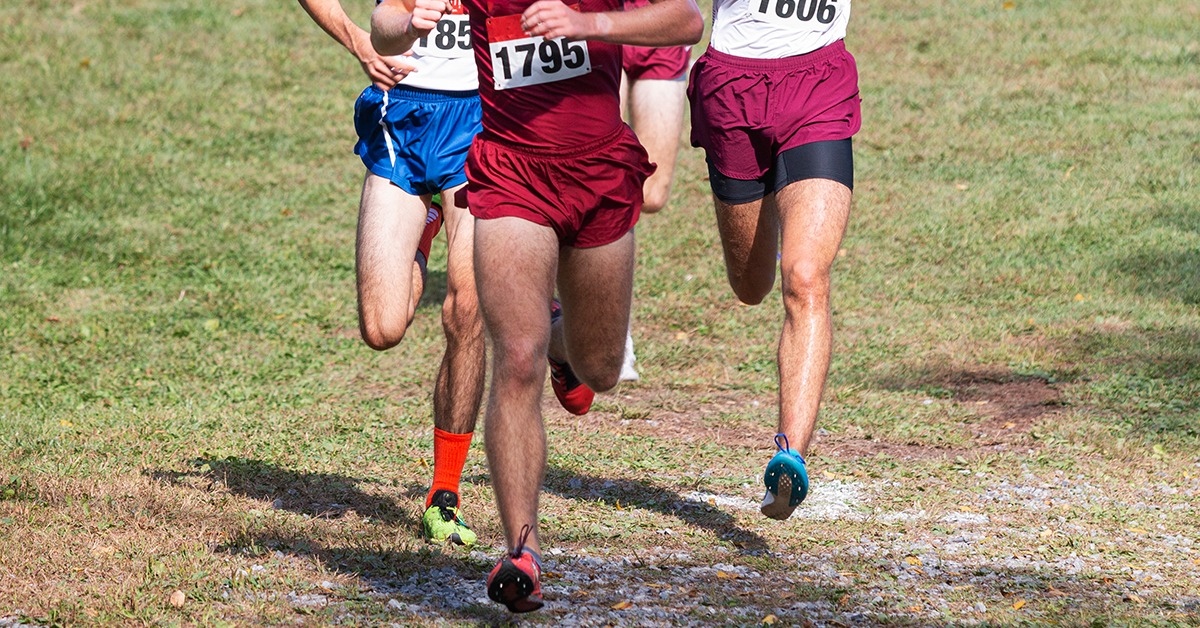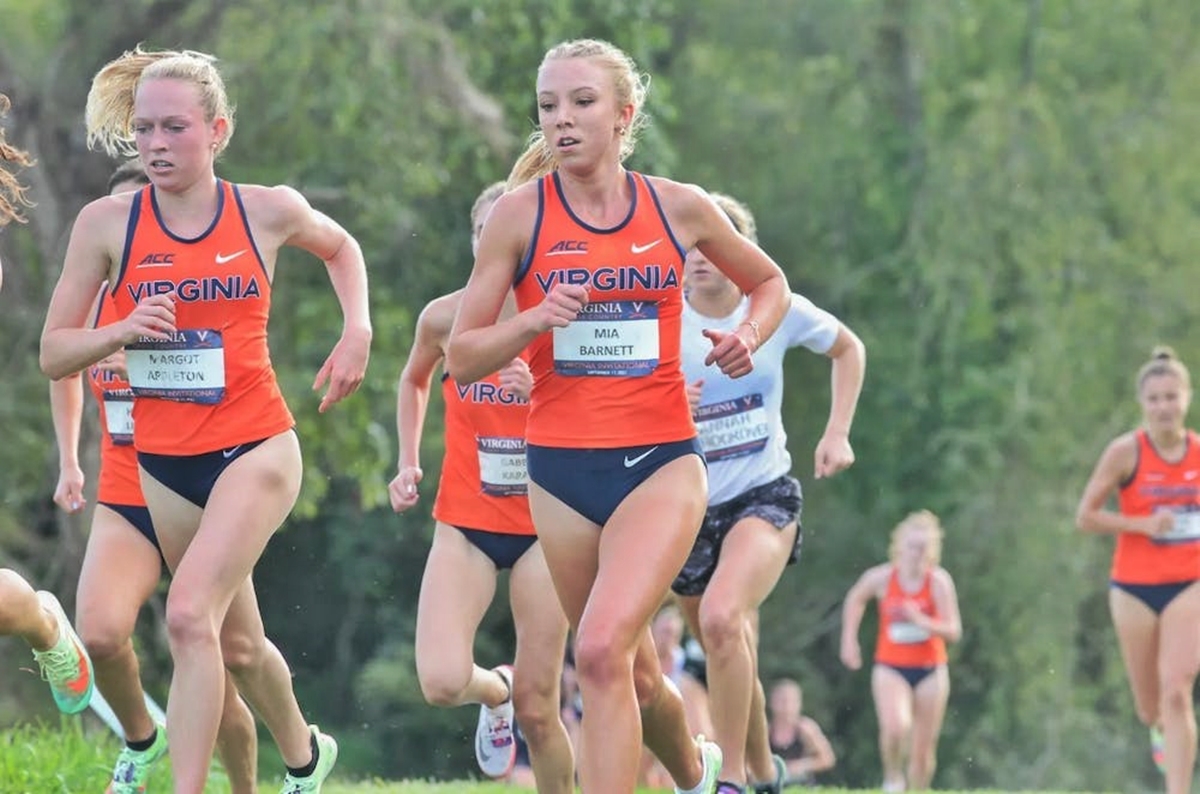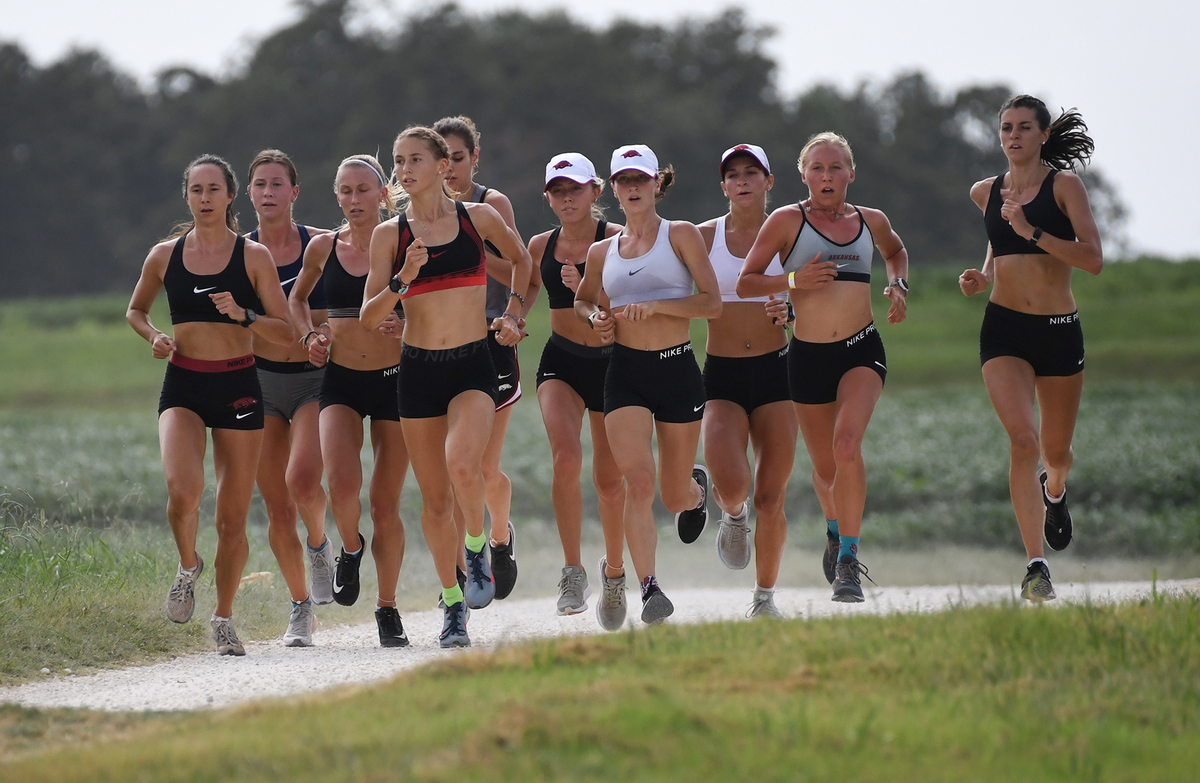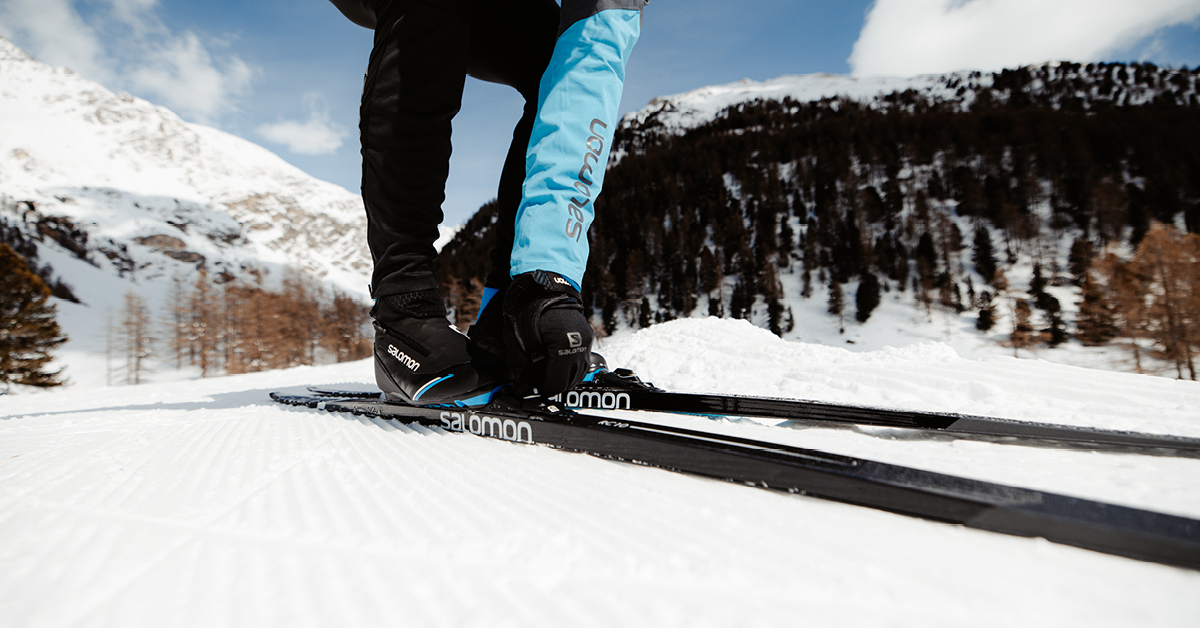

Featured
How To Buy Cross Country Skiis
Modified: January 2, 2024
Looking to buy cross country skis? Discover our featured selection of high-quality skis designed for cross country enthusiasts. Find the perfect pair for your next adventure.
Introduction
Are you ready to hit the snowy trails and experience the thrill of cross country skiing? Whether you’re a beginner or a seasoned skier looking for new equipment, buying the right cross country skis is crucial for a successful and enjoyable skiing experience.
When it comes to purchasing cross country skis, there are a few important factors to consider. From the type of skis to the sizing and fit, bindings and boots, and even the grooming and track systems, each aspect plays a significant role in your skiing performance and comfort.
In this article, we will guide you through the process of buying cross country skis, providing you with the essential information you need to make an informed decision.
So, let’s dive right in and explore the factors to consider when buying cross country skis, the different types available, how to determine the correct sizing and fit for your skis, and where to purchase them.
Factors to Consider
Before purchasing cross country skis, it’s essential to take into account several factors that will determine the type of skis that best suit your needs and abilities.
One crucial factor to consider is your skiing style and experience level. Are you a beginner looking for skis that offer stability and control, or are you an advanced skier seeking high-performance skis for faster speeds? Understanding your skill level will help you choose the appropriate skis.
Another factor to consider is the terrain you’ll be skiing on. Cross country skis are designed for different conditions, including groomed trails, ungroomed trails, and even backcountry adventures. Determining the type of terrain you’ll be skiing on most frequently will help you select skis with the appropriate features and capabilities.
Your physical attributes, such as height, weight, and skiing ability, also play a crucial role in choosing the right skis. Heavier skiers may require stiffer skis for better support, while lighter skiers might benefit from more flexible skis for improved maneuverability. Additionally, taller individuals may opt for longer skis, while shorter skiers may prefer shorter skis for easier control.
Budget is another factor to consider. Cross country skis come in a range of prices, and while you don’t want to compromise quality, it’s important to set a budget and find skis that align with your financial constraints.
Lastly, take into account the type of skiing you’ll be doing, whether it’s classic skiing or skate skiing. Each discipline requires different types of skis and techniques. Understanding your preferred skiing style will help you choose skis that are specifically designed for that purpose.
By considering these factors, you’ll be able to narrow down your options and ensure that you find the perfect cross country skis that cater to your individual needs and preferences.
Types of Cross Country Skis
When it comes to cross country skiing, there are various types of skis available, each designed for specific purposes and terrain conditions. Understanding the different types will help you make an informed decision about which skis are best suited for your needs.
1. Classic Skis: Classic skis are the most common and versatile type of cross country skis. They are designed for use on groomed tracks and offer stability and grip. Classic skis feature a waxable or waxless base and have a pronounced camber, which helps with gliding and kick action during the classic skiing technique.
2. Skate Skis: Skate skis are narrower and stiffer compared to classic skis. They are designed for the skate skiing technique, which mimics ice skating motion. Skate skis are best suited for firm, packed snow or icy surfaces. They offer excellent speed and maneuverability but are less stable than classic skis.
3. Backcountry Skis: If you’re an adventurous skier who loves exploring off-trail and ungroomed terrain, backcountry skis are for you. These skis are wider, more durable, and often have metal edges for enhanced stability and grip. Backcountry skis are suitable for powder snow, deep snow, and steep descents.
4. Touring Skis: If you enjoy a combination of groomed tracks and off-trail exploration, touring skis are a great option. These skis offer versatility and durability for both groomed trails and backcountry adventures. They are wider than classic skis but not as wide as backcountry skis, providing a good balance between stability and maneuverability.
5. Waxable vs. Waxless: Within the classic ski category, you have the option to choose between waxable and waxless skis. Waxable skis require regular waxing to provide optimal performance on different snow conditions. Waxless skis, on the other hand, have a textured base that eliminates the need for waxing and provides reliable grip.
Before making a decision, consider your skiing style, preferred terrain, and skill level. If you’re unsure, consult with a trusted ski specialist who can guide you in choosing the most suitable type of cross country skis for your needs.
Sizing and Fit
Getting the right sizing and fit for your cross country skis is crucial for your comfort, control, and overall skiing experience. Here are some tips to help you determine the correct sizing and achieve a proper fit:
1. Ski Length: The length of your skis depends on various factors, including your weight, skiing style, and the type of skiing you plan to do. As a general guideline, classic skis should reach between your shoulder and your chin, while skate skis are typically slightly longer, reaching between your nose and forehead. However, it’s best to consult a sizing chart or seek advice from a knowledgeable salesperson to ensure the right ski length for your specific circumstances.
2. Weight Range: Different skis are designed to accommodate different weight ranges. Make sure to check the weight range specified by the manufacturer and select skis that align with your weight to ensure proper flex and performance.
3. Flex and Stiffness: The flex and stiffness of the skis also play a role in determining the proper fit. A stiffer ski is generally better suited for heavier and more advanced skiers, as it provides better stability and control. Beginners or lighter skiers may prefer a softer flex for improved maneuverability.
4. Boot Size: Your ski boots are an integral part of achieving a proper fit. Make sure to choose boots that are comfortable, with a snug fit that offers support and control. It’s crucial to try on the boots before purchasing to ensure the right size and fit.
5. Bindings Adjustment: Once you have the skis and boots, make sure the bindings are properly adjusted to your boots. Incorrect binding adjustment can affect your skiing experience and potentially lead to injury. Again, it’s recommended to seek assistance from a ski professional or trained staff at a ski shop to ensure the correct adjustment.
Remember, when it comes to sizing and fit, personal preference also plays a role. Some skiers prefer slightly shorter or longer skis for specific purposes or techniques. Ultimately, it’s important to try different options, consider your skiing style and experience, and seek expert guidance to achieve the ideal sizing and fit for your cross country skis.
Bindings and Boots
Selecting the right bindings and boots for your cross country skis is crucial for comfort, control, and maximizing your skiing performance. Here are some key considerations when choosing bindings and boots:
1. Bindings: Cross country ski bindings come in various types, including NNN (New Nordic Norm), SNS (Salomon Nordic System), and Prolink bindings. It’s important to match the bindings with the corresponding boots to ensure compatibility. Consider factors such as ease of use, stability, and the type of skiing you’ll be doing when choosing bindings.
2. Boot Compatibility: Ensure that the boots you choose are compatible with the bindings you’ve selected. NNN boots will only work with NNN bindings, and SNS boots will only work with SNS bindings. Double-check compatibility before making a purchase.
3. Boot Fit: Proper boot fit is crucial for comfort and performance. Look for boots that offer a snug fit, with enough room for foot circulation and toe movement. Your boots should provide support and feel secure without being too tight or uncomfortable.
4. Boot Flex: The flex of the boot refers to its stiffness. Stiffer boots provide more support and stability, making them ideal for advanced skiers and faster speeds. Softer boots offer greater flexibility and maneuverability, which can benefit beginners or those focusing on technique.
5. Insulation and Breathability: Consider the insulation and breathability of the boots, especially if you’ll be skiing in extreme temperatures or varying weather conditions. Insulated boots keep your feet warm in cold weather, while breathable boots help prevent excessive sweating and moisture buildup.
6. Lacing Systems: There are different lacing systems available, such as traditional laces, quick-lace systems, or BOA dials. Choose a lacing system that suits your preference and provides a secure and comfortable fit.
7. Try Before Buying: It’s highly recommended to try on boots before purchasing to ensure the right fit and comfort. Visit a ski shop where trained staff can assist you in finding the perfect boots that match your skiing style and needs.
Remember, bindings and boots are an essential part of your cross country skiing equipment, so invest the time and effort in selecting the right ones. Properly matched bindings and comfortable boots will enhance your skiing experience and allow you to fully enjoy your time on the snow-covered trails.
Grooming and Track Systems
When it comes to cross country skiing, the condition of the trails can greatly impact your overall experience. Grooming and track systems play a vital role in preparing the trails for skiing. Here’s what you need to know about grooming and track systems:
1. Grooming: Grooming refers to the process of preparing and maintaining the ski trails. Groomed trails are typically packed, flattened, and smoothed to provide a consistent surface for skiing. The grooming process involves the use of specialized grooming equipment, such as grooming machines, snowmobiles, and drag devices.
2. Track Systems: The tracks on cross country ski trails are parallel grooves on the snow surface that allow skiers to place and glide their skis in a controlled manner. Tracks provide skiers with guidance, stability, and efficiency during their skiing experience. The depth and width of the tracks can vary depending on the skiing technique and snow conditions.
3. Classic Tracks: Classic tracks are designed specifically for classic skiing techniques. These tracks are formed by grooming machines or drag devices that create parallel grooves in the snow. Classic skiers can position their skis within these tracks, using the grip and glide action of their skis to propel themselves forward.
4. Skate Lanes: In addition to classic tracks, groomed trails often include separate skate lanes for skate skiing. These lanes are smooth and free of any parallel tracks, allowing skate skiers to use a V-motion technique similar to ice skating. The absence of classic tracks in skate lanes provides ample space for skaters to maneuver and achieve maximum speed.
5. Trail Difficulty: Groomed trails are typically marked with difficulty ratings to indicate the level of challenge they offer. Green trails are usually easier and suitable for beginners, blue trails are intermediate level with moderate difficulty, and black trails are more advanced and challenging.
6. Trail Maps: Ski resorts and cross country ski centers provide trail maps that outline the groomed trails, track systems, and difficulty levels. These maps are valuable resources that help you plan your skiing routes and explore different trails.
It’s important to note that not all cross country ski trails have groomed tracks or maintained grooming systems. If you plan to ski in non-groomed or backcountry areas, be aware of the terrain conditions and adjust your skiing technique accordingly.
Before heading out to ski, check the local ski reports or contact the ski center to find out if the trails are groomed and which track systems are available. This information will help you choose the appropriate skis and techniques for the conditions you’ll be skiing in, ensuring a safe and enjoyable experience on the cross country ski trails.
Where to Buy Cross Country Skis
When it comes to purchasing cross country skis, there are several options to consider. Here are some popular places where you can buy cross country skis:
1. Local Ski Shops: Local ski shops are a great place to start your search for cross country skis. These specialized stores have knowledgeable staff who can provide guidance and help you find the right skis based on your skill level, skiing style, and budget. They often have a variety of brands and models to choose from, allowing you to try on different skis and get expert advice.
2. Ski Resorts and Ski Centers: Ski resorts and ski centers usually have their own rental and retail shops where you can purchase or rent cross country skis. These locations are convenient if you’re planning to ski in the area, as you can try out the skis in the same environment you’ll be skiing in. The staff can provide recommendations based on the local trail conditions and your skiing ability.
3. Online Retailers: Many online retailers specialize in outdoor and winter sports equipment, including cross country skis. Online shopping allows you to explore a wide range of options and compare prices without leaving your home. However, when buying online, it’s important to do thorough research, read customer reviews, and ensure that you’re purchasing from a reputable website or retailer.
4. Second-Hand Shops and Online Marketplaces: If you’re on a budget or prefer used equipment, second-hand shops and online marketplaces can be a good option. Look for reliable sellers who provide detailed descriptions and photos of the equipment. When buying used skis, inspect them carefully for any signs of damage or wear and consider getting them professionally tuned if needed.
5. Ski Expos and Sales Events: Ski expos and sales events are held in many regions and provide an opportunity to browse through a wide selection of ski equipment. These events often offer discounted prices and promotions, allowing you to find a good deal on cross country skis. Keep an eye on local event listings and mark your calendar for these seasonal sales.
Remember, no matter where you decide to buy your cross country skis, it’s important to get the proper advice and assistance to ensure the skis are the right fit for you. Take the time to try on different models, consult with professionals, and consider your skiing goals to make an informed decision.
Conclusion
Choosing the right cross country skis is essential for a successful and enjoyable skiing experience. By considering factors such as your skiing style, experience level, terrain conditions, and physical attributes, you can narrow down the options and find skis that suit your needs.
Understanding the different types of cross country skis, such as classic skis, skate skis, backcountry skis, and touring skis, will help you make an informed decision based on your preferred skiing technique and terrain preferences.
When it comes to sizing and fit, it’s important to find skis that match your weight, skill level, and skiing style. Properly fitted boots and correctly adjusted bindings also play a crucial role in achieving optimal comfort and control.
Additionally, considering the grooming and track systems provides valuable insight into the condition of the trails and the type of skiing experience you can expect. Being aware of these aspects allows you to adapt your equipment and technique accordingly.
Lastly, knowing where to buy cross country skis is essential in finding the right equipment. Local ski shops, ski resorts, online retailers, and second-hand shops each offer their unique advantages, so take the time to explore different options and seek expert advice.
By taking into account these factors and making informed decisions, you’ll be equipped with the right cross country skis to enjoy the beauty of snowy landscapes and experience the thrill of gliding across the trails with confidence and control.
